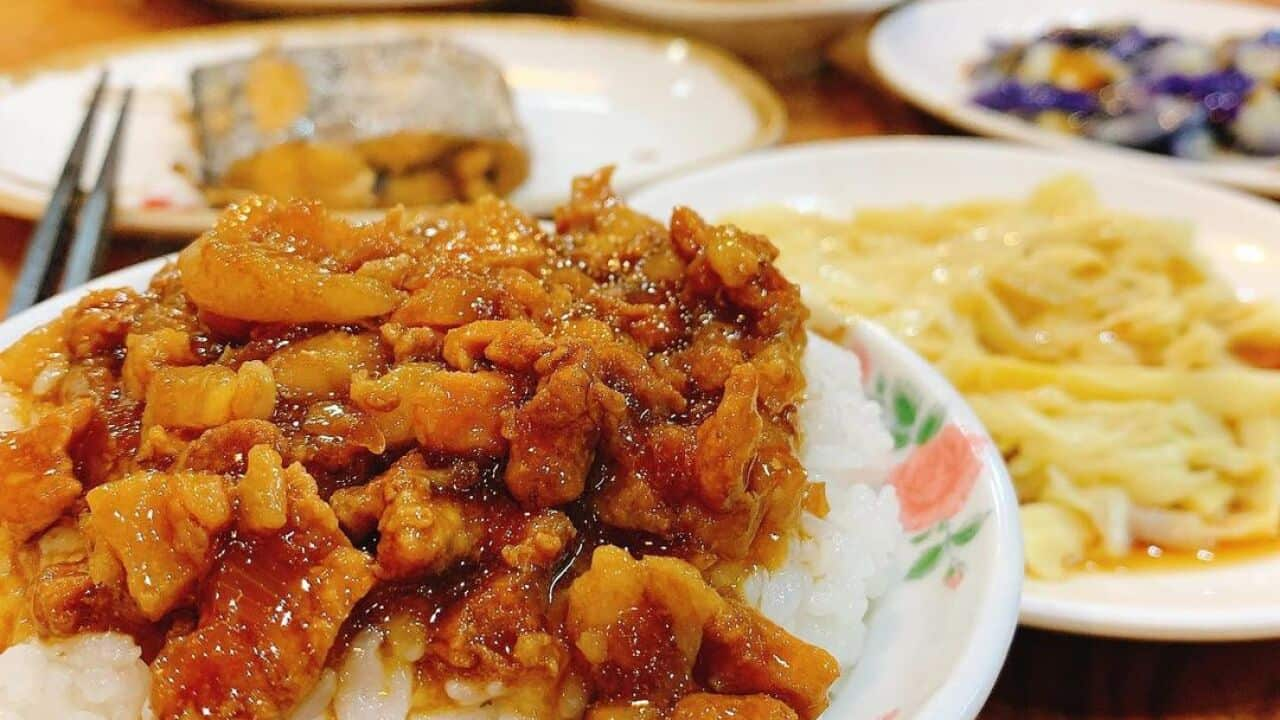For many around the world, the holiday season does not stop after 1 January; it continues well into February for Lunar New Year.
During this time, merrymakers clean their houses, dress their kids in new New Year's attire, make offerings to ancestors and attend festivals. However, at the heart of the celebration is cooking and eating. Many foods and dishes need to be prepared, with each one symbolising something.
Whole chickens represent unity, spring rolls symbolise wealth and dumplings mean . For some families, the ingredients that comprise hot pot (also known as steam boat) also have auspicious meanings.
GOOD REASONS TO FEAST

The Lunar New Year dishes that bring good fortune
Lunar New Year begins on 1 February in 2022 and is marked by several cultures. In China in particular, friends and family will gather on New Year's Eve to eat. They will typically gather around a giant pot and dunk in prawns, winter melon and noodles, which represent laughter, unity and longevity, respectively.
The Chinese have been enjoying hot pot for , but it's said that the cuisine became popular during the when emperors fell in love with it.
People continue to enjoy hot pot today, but some use a traditional copper pot over flames to cook ingredients while others use a modern hot pot cooker. When I was growing up, my mum had a traditional, giant copper orb with a spout to throw in charcoal when the heat started to die down. My sister and I would squeal when mum threw the charcoal into the spout since it splattered hot ash into the air. We loved the theatrics of dining and cooking at the table.
When I was growing up, my mum had a traditional, giant copper orb with a spout to throw in charcoal when the heat started to die down. My sister and I would squeal when mum threw the charcoal into the spout since it splattered hot ash into the air. We loved the theatrics of dining and cooking at the table.

Hot pot or steam boat is quite the feast. Source: Anna Kucera
My sister and I would squeal when mum threw the charcoal into the spout since it splattered hot ash into the air.
My aunty revolutionised our hot-pot experience when she brought home a hot-pot cooker in the late 90s, which we still use today. It was a major milestone in our family's eating timeline. The whole family gathered around this new kitchen toy and threw thin slices of beef and pork, and pieces of seafood and veggies, into its belly. I think we ate hot pot for two weeks straight until we eventually showed signs of too much yang (heat) and mum put an end to it. Chinese hot-pot ingredients are dependent on regional produce. In the country's capital, Beijing, hot pot involves mutton dunked in a plain broth, whereas in southern regions, like in Chongqing, the broth contains chilli and Sichuan peppers, which cause a numbing flavour. Our family makes the Taiwanese version where bullhead satay sauce makes an appearance. Meanwhile, our family friends from Yunnan feature mushrooms for a woodsy broth.
Chinese hot-pot ingredients are dependent on regional produce. In the country's capital, Beijing, hot pot involves mutton dunked in a plain broth, whereas in southern regions, like in Chongqing, the broth contains chilli and Sichuan peppers, which cause a numbing flavour. Our family makes the Taiwanese version where bullhead satay sauce makes an appearance. Meanwhile, our family friends from Yunnan feature mushrooms for a woodsy broth.

Hot pot is best when eaten with family and friends. Source: Supplied
HOT POTS ARE AS DIVERSE AS THEY ARE TASTY

The fiery joy of malatang, a type of Sichuan hot pot that comes in a bowl for one
But whatever the ingredients, this hot banquet is best eaten during China's winter, the season in which Lunar New Year occurs. So, every New Year celebration, I imagine what the expression of our neighbours would be if they peered into our windows as we feast in the middle of our Australian summer. Around a giant pot that's steaming like a volcano lays roast duck, roast pork and steamed fish with at least a dozen side dishes, including stewed winter melon, stir-fry vegetables and buddha's delight.
Not only are we sacrificing food for our ancestors but a pleasant temperature – all in the name of good fortune and prosperity. We all think that it's worth it though. Who are we to argue with tradition?
. #LNYSBS







